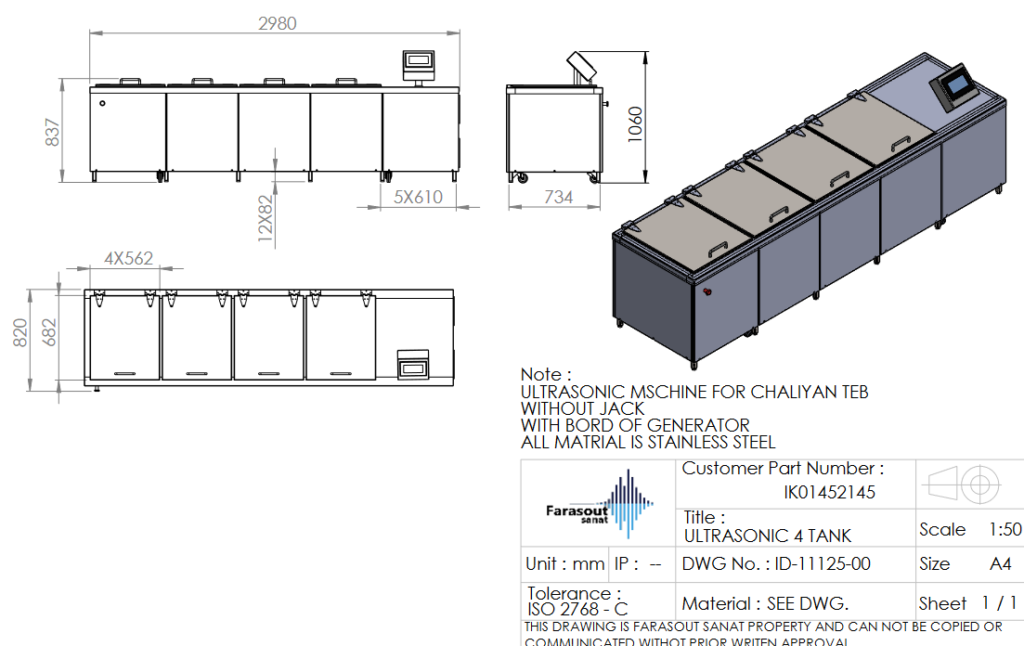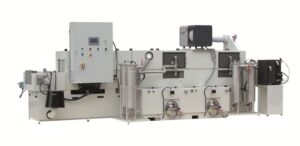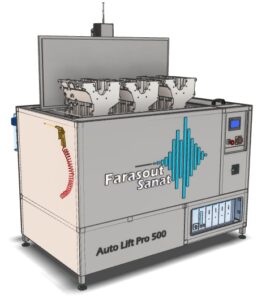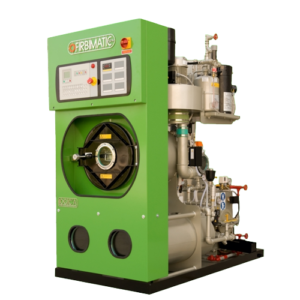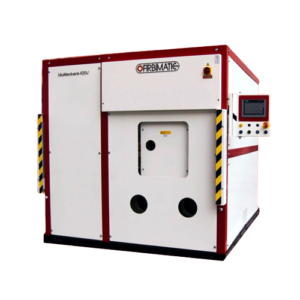Parts cleaning is a comprehensive process that usually involves three key steps: washing, rinsing, and drying. Many craftsmen do not know that the available solutions for each of these steps can be as diverse as the parts to be washed, and it is very important to choose the appropriate technologies for each part of the parts cleaning process.
Wash or wash the piece:
Dissolution or separation of contamination from parts occurs in the washing step. In most cases this is done through the use of water mixed with a specialized chemical formula or a solvent. In some applications, depending on the contaminants involved, washing may be performed by a multi-step process. For heavy soiling, a pre-cleaning step (pre-wash) and a second cleaning cycle may be required to complete the washing process.
Regardless of what methods are used, at the end of the washing phase, all contamination must be completely separated from the parts or completely dissolved in the detergent.
Rinse:
The purpose of this step is to remove the remaining cleaning liquid from the parts. Since all major contamination on the part must be removed in the washing step, the rinsing step should not usually be expected to remove much of the contamination. Stripping usually involves using plain water or some sort of pure solvent. If the level of cleanliness required is very high, the level of purity of the water in the rinsing stage must be equally high. Since contaminants can build up in wash formulas, it may be necessary to constantly monitor water purity in the rinse process.
dry :
When wet parts are not acceptable or there is a possibility of parts rusting, it is necessary to choose a suitable method for drying the parts to complete the parts cleaning process, and always remember that drying is often the most time-consuming step in the parts cleaning process.
The two main methods of drying parts are evaporation and blowing. Drying ovens use heat to evaporate water, while air blowers can also be used to remove liquid from parts. Some drying technologies include a combination of these methods. When choosing a drying system, it is very important to pay attention to the requirements and characteristics of the components. For example, parts that require an unblemished surface benefit from one method of drying, while parts with cracks may require another, or the part may not be able to withstand high heat.
In the end, if you need help choosing a comprehensive parts washing system and meet the needs of your sensitive parts, talk to Farsut Sanat experts. We are ready to discuss your project! contact us


